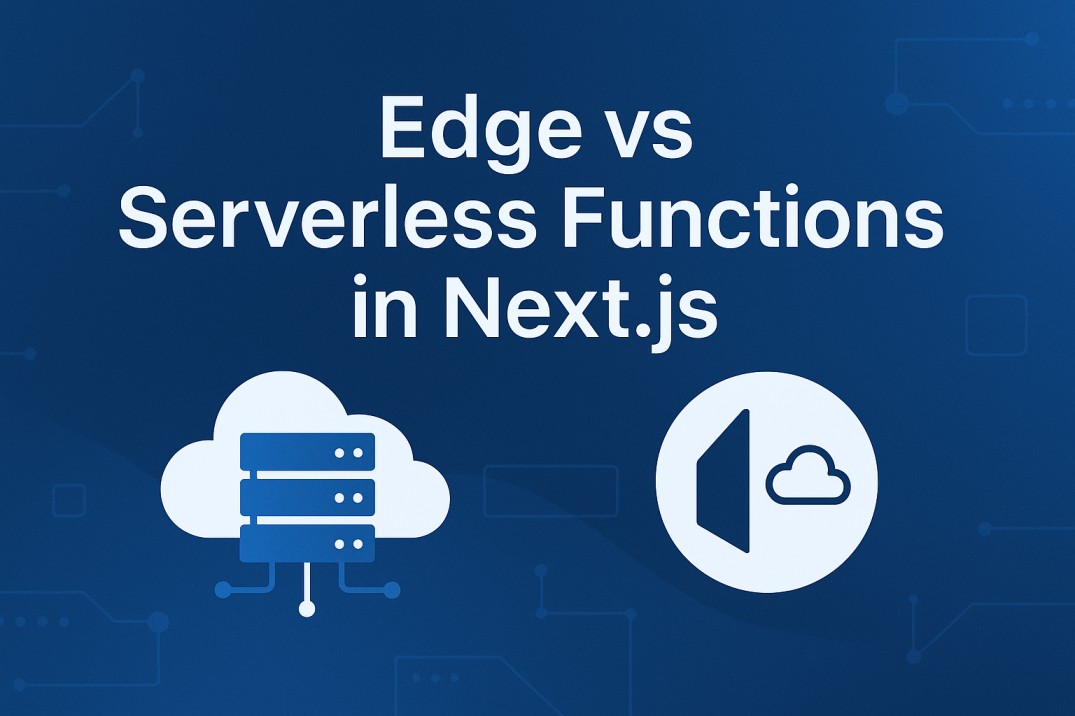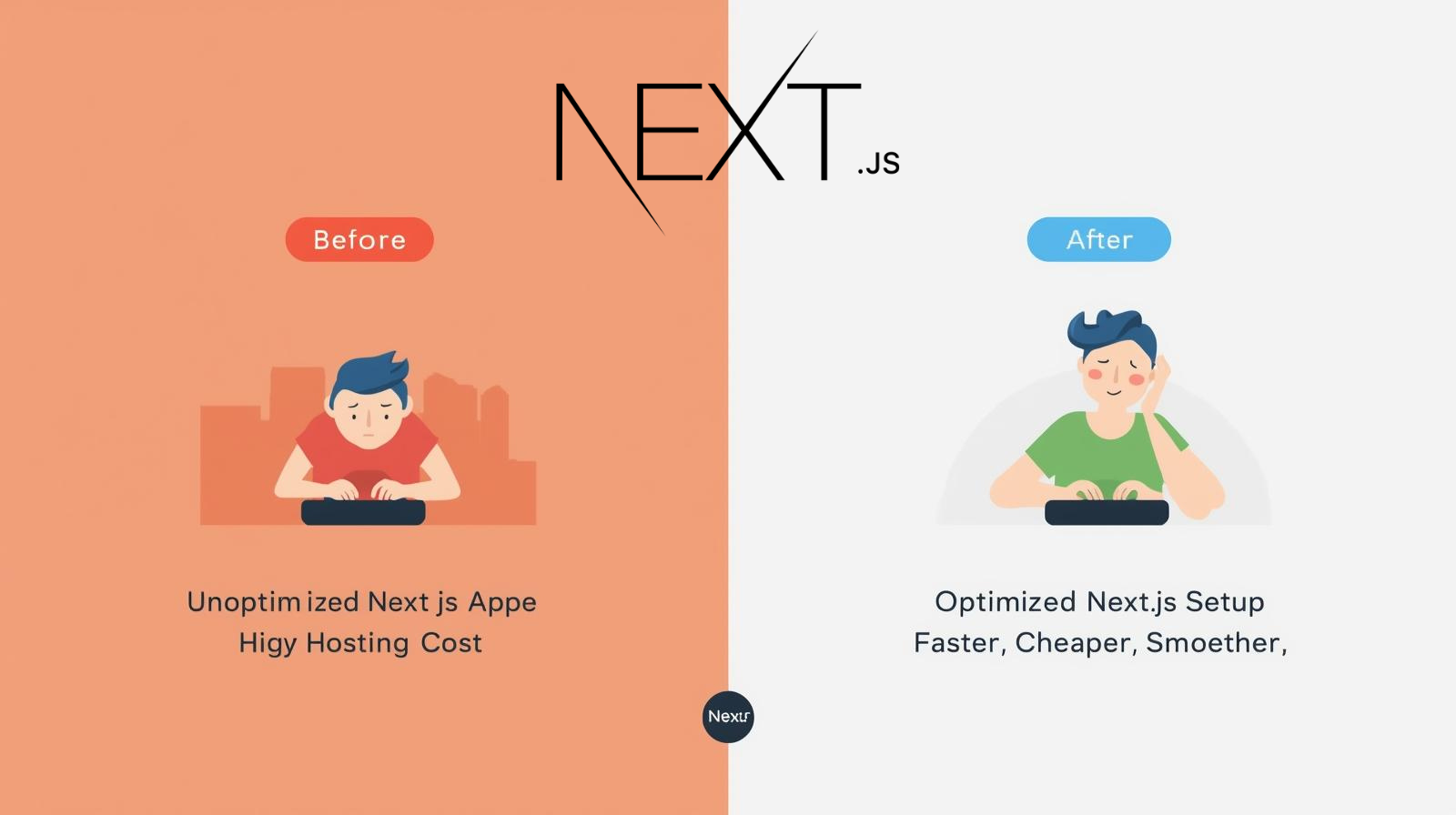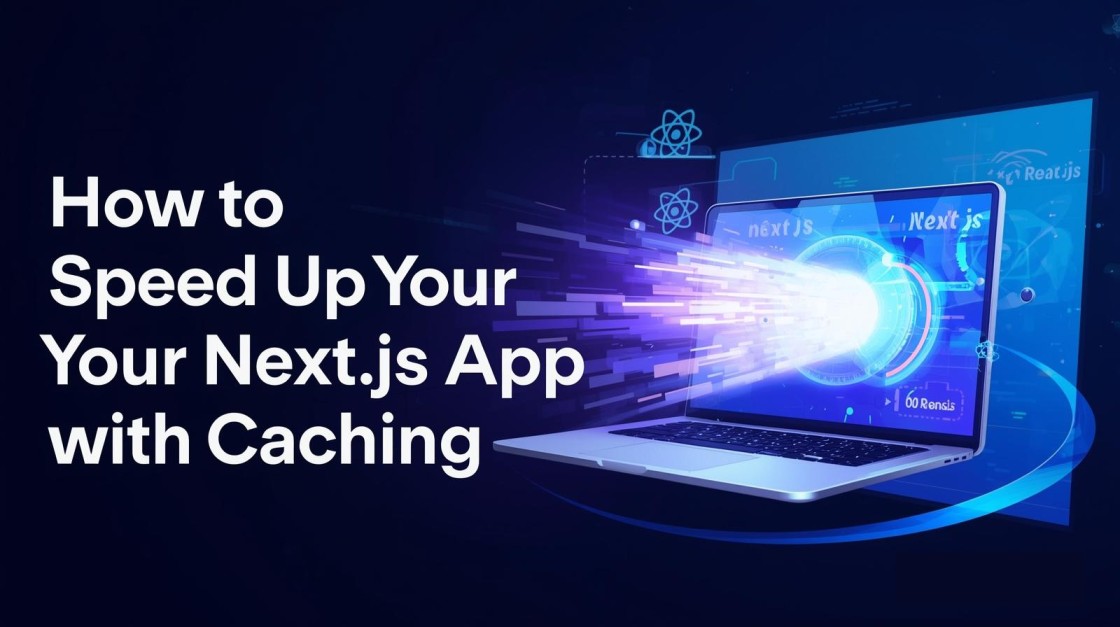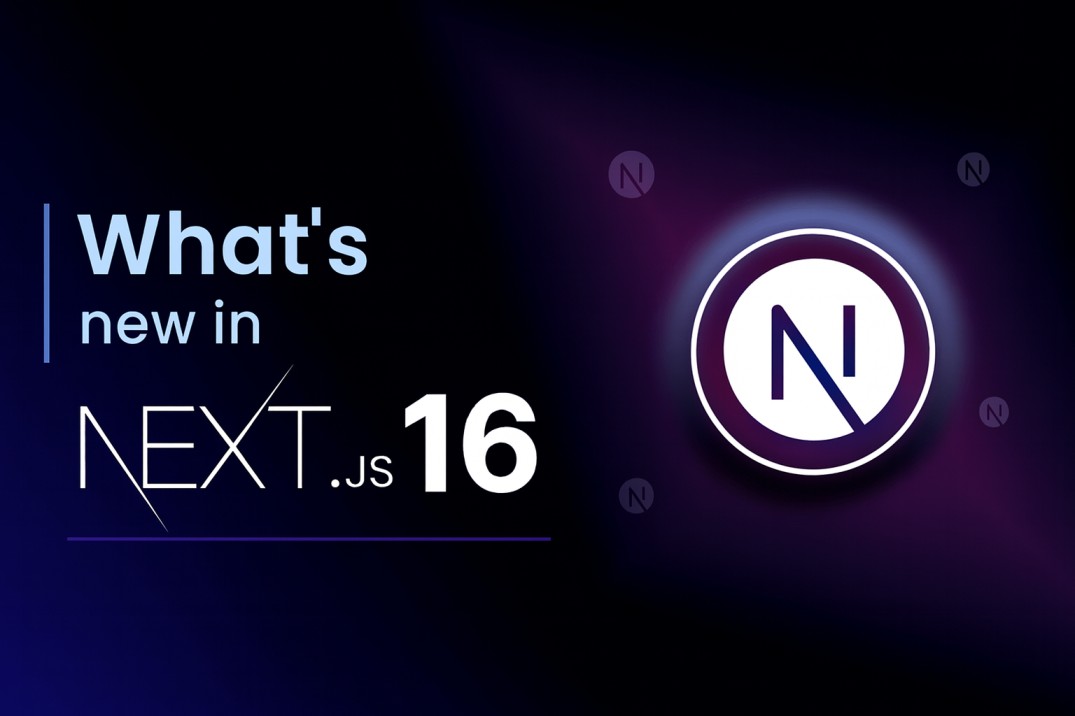Edge vs Serverless Functions in Next js What to Use and When

If you’re building with Next.js, you’ve probably heard about Edge Functions and Serverless Functions.
But what do these terms actually mean, and when should you use each one? Let’s break it all down in a way that’s easy to understand—no jargon, just real talk.
What Are Edge and Serverless Functions in Next.js?
First, let’s clear up what these things are. In Next.js, both Edge and Serverless Functions let you run code on the server side—kind of like having a mini-backend for your app. But they work a bit differently.
- Edge Functions run really close to where your users are, all over the world. This means they can respond to requests super fast, because the code doesn’t have to travel far.
- Serverless Functions are more like the classic backend. They run in the cloud, but usually from just a few places. They’re great for doing heavier work, like talking to databases or doing big calculations.
What Are Edge Functions in Next.js?
Edge Functions are these little bits of code that run on servers near your users. When you use them in Next.js, your app can do things like check if someone is logged in, figure out where they’re from, or redirect them—all super fast, because the code runs right where they are.
For example, you might use an Edge Function to show different content to users in different countries, or to check if someone’s allowed to see a page before they even get there.
Here’s a super simple example:
This runs on the server closest to your user, so it’s quick.
What Are Serverless Functions in Next.js?
Serverless Functions are the workhorses. They run in the cloud and can do pretty much anything you’d want a backend to do—like saving data to a database, processing payments, or running complicated code.
They’re called “serverless” because you don’t have to worry about setting up or managing servers. The cloud provider takes care of all that for you.
Here’s a basic example:
This kind of function is perfect for when you need to do something more involved than just checking a user’s location or redirecting them.
How Are Edge and Serverless Functions Different?
- Edge Functions are all about speed and being close to your users. They start up almost instantly, so there’s no waiting around. But they can’t do everything—they’re best for quick, simple tasks.
- Serverless Functions can do a lot more, but they might take a bit longer to start up, especially if they haven’t been used in a while (this is called a “cold start”). They’re not as fast as Edge Functions, but they’re much more powerful.
When Should You Use Edge Functions?
Edge Functions are great for:
- Authentication: Quickly check if someone is logged in.
- Geolocation: Show content based on where someone is.
- Redirects: Send people to the right place before they even reach your main site.
- A/B testing: Try out different versions of your site on different users.
- Blocking bots: Stop bad bots before they get to your app.
Basically, if you need something to happen fast and close to the user, Edge Functions are your friend.
When Should You Use Serverless Functions?
Serverless Functions are best for:
- Talking to databases: Saving or loading user data.
- Heavy calculations: Crunching numbers or processing data.
- Payment processing: Handling money stuff securely.
- Custom APIs: Building your own backend services.
If your code needs to do something big or complicated, Serverless Functions are the way to go.
Performance: Edge vs Serverless
- Edge Functions are almost always faster, because they run right near your users. They don’t have cold starts, so they’re ready to go right away.
- Serverless Functions can be slower, especially if they haven’t been used in a while. But they can do a lot more, so sometimes you just have to wait a bit longer.
When Should You Avoid Edge Functions?
You should avoid Edge Functions if your code needs to:
- Use a lot of libraries or special tools: Edge Functions can’t use everything that Serverless Functions can.
- Do heavy lifting: If you need to process a lot of data or do big calculations, stick with Serverless.
- Access files or databases directly: Edge Functions are better for quick checks and redirects, not for working with lots of data.
Real-World Examples and Tips
Let’s say you’re building an online store:
- Edge Functions: Use them to redirect users to the right country’s site, check if they’re logged in, or block bots.
- Serverless Functions: Use them to process payments, save orders to a database, or generate reports.
Or if you’re making an analytics tool:
- Edge Functions: Use them to log user actions as they happen.
- Serverless Functions: Use them to crunch all that data and make reports.
My advice: Try to use Edge Functions for simple, fast stuff, and Serverless Functions for the heavy lifting. Sometimes, you’ll want to use both in the same app!
Wrapping Up: Best Practices
Here are a few simple tips for choosing the right function type in Next.js:
- Use Edge Functions for quick checks, redirects, and things that need to be fast.
- Use Serverless Functions for anything that needs to talk to a database, do heavy work, or use special tools.
- Test both in your app to see what works best for your users.
And that’s it! Next.js makes it easy to use both Edge and Serverless Functions, so you can build apps that are fast and powerful. If you’re ever in doubt, just ask yourself: does this need to be fast and simple, or does it need to do something big? Then pick the right tool for the job.



